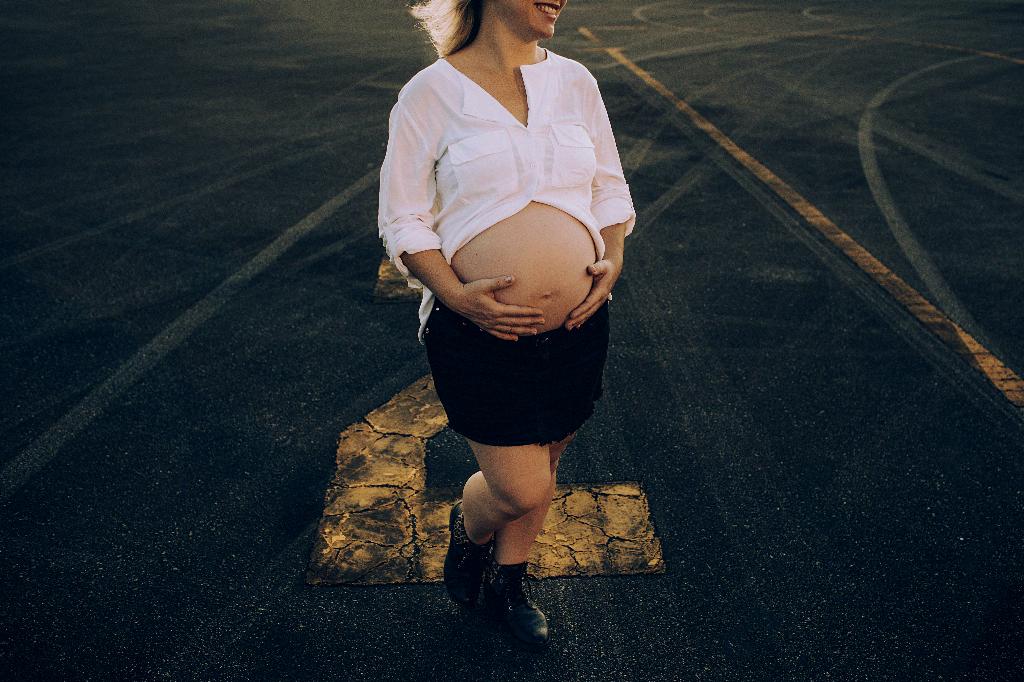Retained placenta after a C-section is a condition that can have serious consequences if not properly diagnosed and treated. When the placenta fails to deliver naturally after childbirth, it is referred to as a retained placenta. This scenario can occur due to various reasons, such as a piece of the placenta becoming wedged in the uterus or the cervix closing before the placenta is fully expelled.
Risks of Retained Placenta
One of the major risks associated with retained placenta after a C-section is the potential for heavy bleeding, also known as primary postpartum hemorrhage (PPH). This excessive bleeding can be life-threatening if not promptly addressed by healthcare providers. PPH can lead to a rapid drop in blood pressure, shock, and even the need for a blood transfusion.
Symptoms of Retained Placenta
Identifying the signs and symptoms of retained placenta is crucial for prompt intervention. Common symptoms include persistent heavy bleeding, severe cramping or abdominal pain, and a feeling of fullness or pressure in the pelvis. In some cases, the mother may also experience signs of infection, such as fever or foul-smelling discharge.
Diagnosis and Treatment
Diagnosing a retained placenta often involves a physical examination, ultrasound imaging, or other diagnostic tests to confirm the presence of placental tissue. Treatment typically consists of manual removal of the placenta under anesthesia or, in some cases, a procedure known as dilation and curettage (D&C) to remove any remaining tissue from the uterus.
Complications and Long-Term Effects
Aside from the immediate risks of heavy bleeding and infection, retained placenta can also increase the risk of secondary postpartum hemorrhage, uterine infection, or even infertility in some cases. It is essential for healthcare providers to closely monitor and manage any potential complications arising from a retained placenta.
Preventing Retained Placenta
While not all cases of retained placenta can be prevented, there are certain measures that can help reduce the risk. Proper management of the third stage of labor, ensuring the uterus contracts effectively to expel the placenta, and close monitoring of postpartum bleeding are essential in preventing complications associated with retained placenta.
Postpartum Recovery
Recovering from a retained placenta after a C-section can be physically and emotionally challenging for new mothers. It is important to follow healthcare provider recommendations for rest, hydration, and postnatal care following the removal of the placenta to promote a smooth recovery and reduce the risk of any long-term complications.
Support and Counseling
Seeking emotional support and counseling following a retained placenta can be beneficial for new mothers who may experience feelings of anxiety, stress, or trauma related to the birthing experience. Connecting with support groups, healthcare providers, or mental health professionals can aid in the healing process.
Future Pregnancy Considerations
For women who have experienced a retained placenta after a C-section, discussing future pregnancy considerations with healthcare providers is essential. It is important to address any underlying risk factors, review past obstetric history, and develop a plan for optimal management and monitoring in subsequent pregnancies.
Conclusion
In conclusion, a retained placenta after a C-section is a complex issue that requires prompt diagnosis, treatment, and ongoing care to mitigate the risks of complications such as heavy bleeding, infection, and long-term effects. By being knowledgeable about the symptoms, risks, and preventive measures associated with retained placenta, women can empower themselves to advocate for their health and well-being during the postpartum period.

